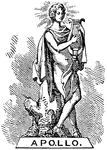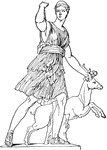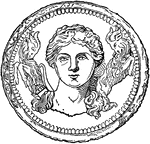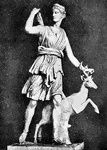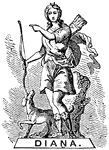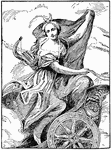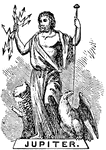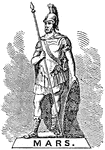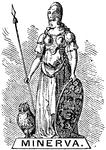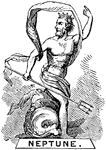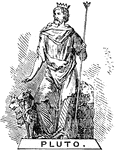Clipart tagged: ‘Diana’
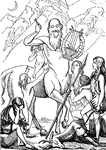
Chiron
"Chiron was instructed by Apollo and Diana, and was renowned for his skill in hunting, medicine, music,…
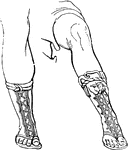
Cothurnus
"The cothurnus or buskin, rose above the midddle of the leg so as to surround the calf (sura),…
![Drawing of the Diana of Versailles, a 2nd-century Roman version in the Greek tradition of iconography. In Roman mythology, Diana ([djana]) was the goddess of the hunt, the moon and childbirth, being associated with wild animals and woodland, and having the power to talk to and control animals.](https://etc.usf.edu/clipart/188200/188203/188203-diana-of-versailles_mth.gif)
Diana of Versailles
Drawing of the Diana of Versailles, a 2nd-century Roman version in the Greek tradition of iconography.…

Fortune
A female depiction of Fortune with many iconic symbols, such as the rudder, the cornucopia, and ears…
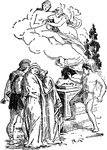
Rescue of Iphigenia
"When she was about to be slain at the altar, Artemis intervened and carried her off in a cloud to be…

Sacrifice of Iphigenia
"When she was about to be sacrificed the goddess relented and snatched her away, leaving a hind in her…
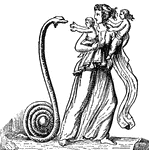
Leto or Latona
"The persecution which Latona experienced from Juno is alluded to in the story. The tradition was that…
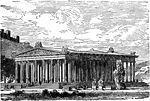
Temple of Diana at Ephesus
"The temple of Diana was the chief glory of the city. The style was Grecian. The length of the ground-plan…
